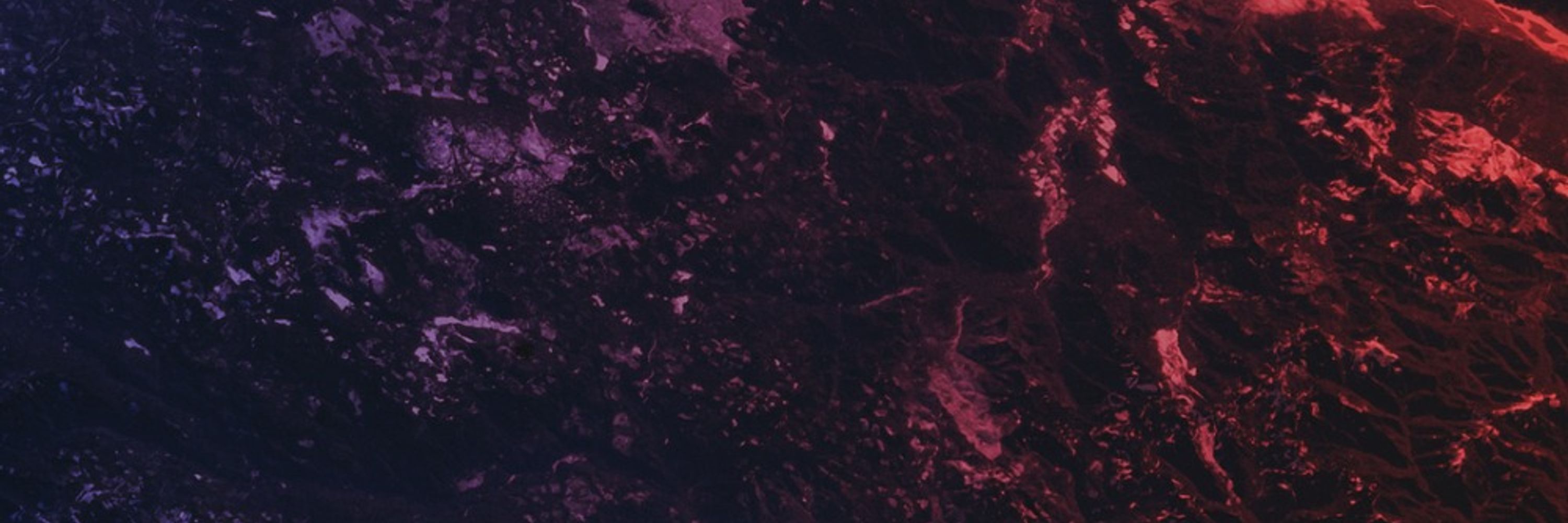
📷Photo: Sam Jannke/EarthScope

📷Photo: Sam Jannke/EarthScope
While aurora are the most visible effect of geomagnetic storms, this space weather can also disrupt electric grids, communication networks, satellites, and GPS.
📷 Brent Henderson/EarthScope (📍New Mexico)

While aurora are the most visible effect of geomagnetic storms, this space weather can also disrupt electric grids, communication networks, satellites, and GPS.
📷 Brent Henderson/EarthScope (📍New Mexico)
Learn more: https://loom.ly/QoServY

Learn more: https://loom.ly/QoServY
Watch: The Science Behind the 2004 Sumatra–Andaman Earthquake & Tsunami
📽️ https://loom.ly/nvoYSSA

Watch: The Science Behind the 2004 Sumatra–Andaman Earthquake & Tsunami
📽️ https://loom.ly/nvoYSSA
⬇️
loom.ly/E8SG-84

⬇️
loom.ly/E8SG-84



Happy Halloween from all of us at EarthScope!

Happy Halloween from all of us at EarthScope!


Online data access tools: https://loom.ly/r8gkW8w

Online data access tools: https://loom.ly/r8gkW8w

Watch our full video on ERT: https://loom.ly/LTB_gs8
Watch our full video on ERT: https://loom.ly/LTB_gs8
Read more ➡️ https://loom.ly/Hw4xMIE
Read more ➡️ https://loom.ly/Hw4xMIE

If you live in an earthquake-prone region, it isn’t a question of if, but when an earthquake will occur. Be sure to make a plan and be prepared!
📽️ https://loom.ly/Nh4BnmE

If you live in an earthquake-prone region, it isn’t a question of if, but when an earthquake will occur. Be sure to make a plan and be prepared!
📽️ https://loom.ly/Nh4BnmE
Watch our new video here⬇️
📽️ https://loom.ly/_c1EqQ0

Watch our new video here⬇️
📽️ https://loom.ly/_c1EqQ0

Read about it ➡️ https://loom.ly/3jhGTTo
Read about it ➡️ https://loom.ly/3jhGTTo
Teachable Moment presentations capture the opportunity to bring knowledge, insight, and critical thinking to the classroom following a newsworthy earthquake.
➡️ https://loom.ly/GHCi3lg

Teachable Moment presentations capture the opportunity to bring knowledge, insight, and critical thinking to the classroom following a newsworthy earthquake.
➡️ https://loom.ly/GHCi3lg
⬇️
https://loom.ly/btNQeYI
⬇️
https://loom.ly/btNQeYI

